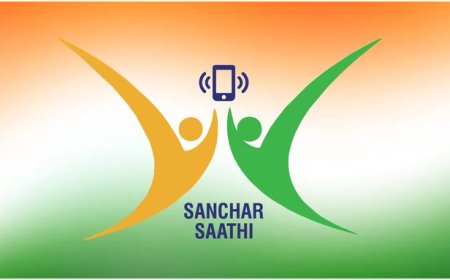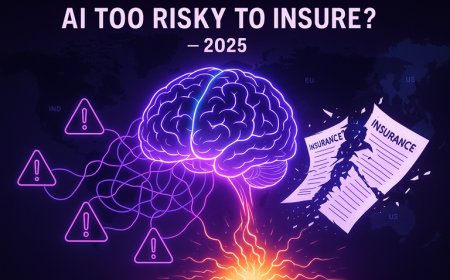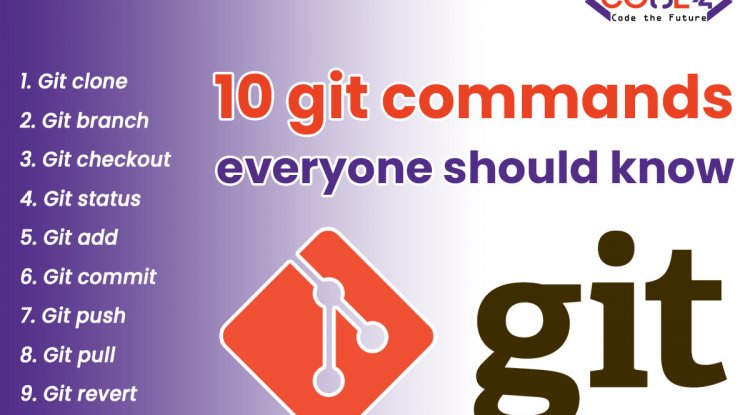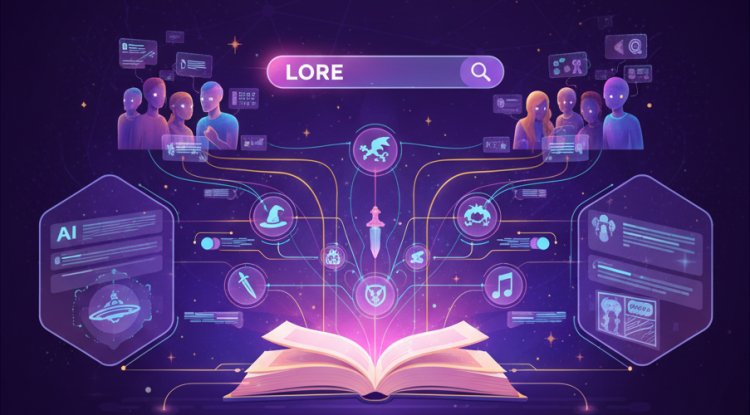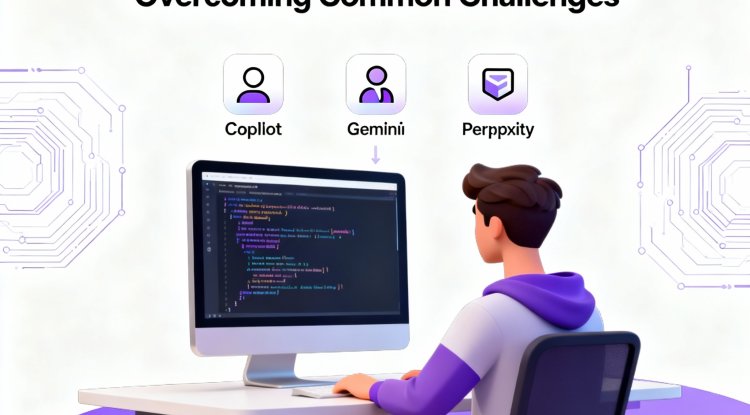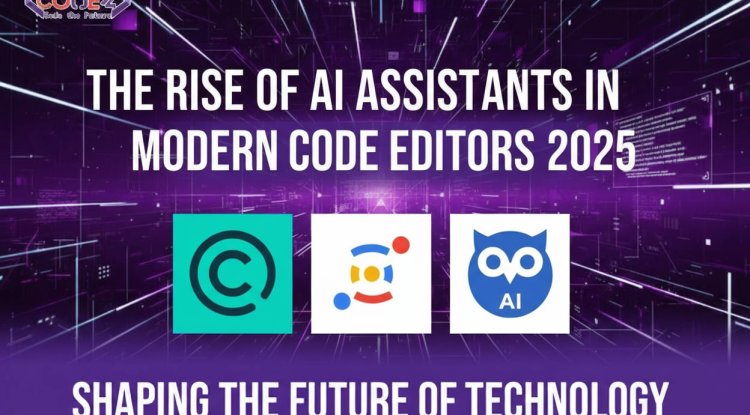IIT-AIIMS Jodhpur Research Leverages AI to Revolutionize Childhood Malnutrition Detection
A breakthrough collaboration between IIT and AIIMS Jodhpur has produced DomainAdapt, an AI-powered framework using the AnthroVision dataset to identify malnutrition in children through photos. The system enables fast, scalable, and accurate detection of stunting, wasting, and underweight—potentially transforming global and Indian healthcare screening.
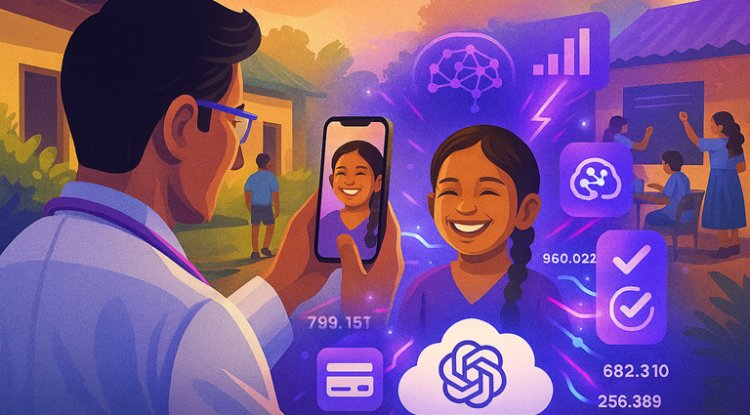
IIT-AIIMS Jodhpur Researchers Develop AI Framework to Detect Childhood Malnutrition from Photos
- Major breakthrough in health tech: Researchers from IIT and AIIMS Jodhpur have developed DomainAdapt, an artificial intelligence framework capable of detecting childhood malnutrition—such as stunting, wasting, and underweight—directly from child photos.
- Powered by AnthroVision dataset: The system uses AnthroVision, a pioneering dataset with 16,938 multi-pose images of 2,141 children across clinical and community settings in Rajasthan, capturing real-world diversity in backgrounds, lighting, and attire.
- How it works: By dynamically adjusting task weights using both domain knowledge and mutual information, DomainAdapt predicts key anthropometric markers like height, weight, and MUAC, and classifies the child's malnutrition status automatically—bypassing slow, subjective, or resource-intensive manual assessments.
- End-to-end solution: Health workers can screen children with just a smartphone photo—making the system extremely fast, scalable, and accessible, especially for rural or resource-constrained communities.
- Validation & real-world impact: DomainAdapt has outperformed existing AI multitask learning approaches and presents a robust, equitable tool for rapid malnutrition detection worldwide.
This AI-driven health tech can empower India's public health workers, schools, and NGOs, offering a reliable way to combat undernutrition—one of the nation's most urgent child health crises.
About the Research and Team
- Led by: Misaal Khan, doctoral student at IIT-AIIMS Jodhpur, with a multidisciplinary team from both institutions.
- Dataset collection: Covered both AIIMS Jodhpur (clinical) and Rajasthan government schools (community), including a variety of clothing, backgrounds, and lighting to enable AI fairness.
- Published in: Open-access journal MICCAI (September 2025).
“By blending AI and domain expertise, we can empower healthcare workers and public health systems with tools that are cost-effective, accurate and scalable.” —Misaal Khan, IIT-AIIMS, project lead
How DomainAdapt & AnthroVision Transform Malnutrition Screening
- Traditional method: Manual anthropometric measurements (height, weight, MUAC) are time-consuming and prone to error due to human subjectivity.
- AI method: Just one photo is needed—the AI estimates all critical sizes and classifies stunting, wasting, or underweight with high accuracy.
- Scalability: Can be rapidly deployed anywhere, making proactive malnutrition detection a reality for India’s most remote and underserved communities.
Key Features & Advantages
- Fast assessment via AI photo analysis
- Automatic classification of all major malnutrition conditions
- Reduces need for expensive or cumbersome manual equipment
- Scales to entire regions, ideal for public health programs, schools, NGOs
FAQ – AI & Childhood Malnutrition Screening
FAQs – AI in Malnutrition Screening
Internal links: India AI Healthcare News, AI for Good Features, Deep Learning Case Studies
Sources & Further Reading
Sources: India Technology News, Open-access journal MICCAI
Sneak peek: AI-powered health diagnostics are emerging as a game-changer for India. Stay tuned for more innovations bridging AI, medicine, and humanitarian impact.
What's Your Reaction?
 Like
0
Like
0
 Dislike
0
Dislike
0
 Love
0
Love
0
 Funny
0
Funny
0
 Angry
0
Angry
0
 Sad
0
Sad
0
 Wow
0
Wow
0
